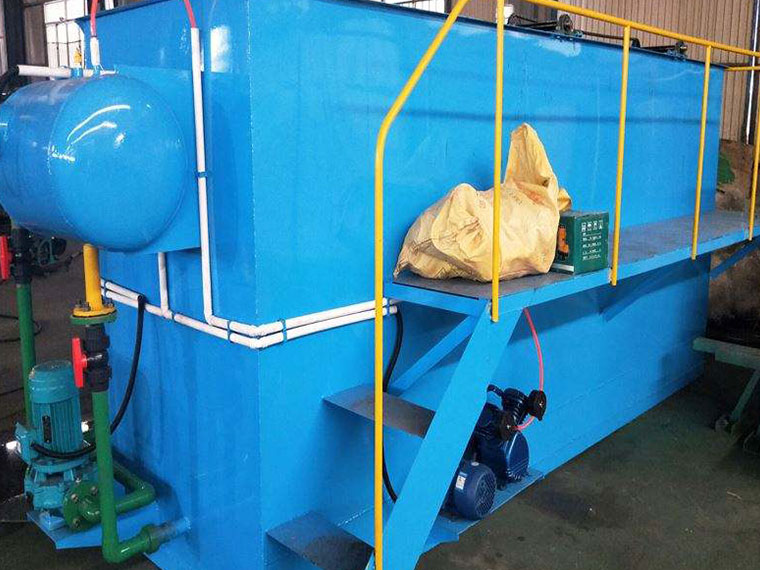
Another major application of chemical flocculation in the treatment of pharmaceutical wastewater is to purify and recover the effective components in wastewater. Since the 1950s, the purification of pharmaceutical wastewater has mainly focused on the two processes of water extraction and alcohol precipitation, and isoelectric point heating. However, the traditional purification methods have a large loss rate of active ingredients, and the alcohol precipitation time is long and the cycle is long. Problems such as difficulty in recycling lead to excessive costs, and the equipotential point heating process also has defects such as high energy consumption and low efficiency, which need to be improved urgently. In the two-step fermentation process for preparing vitamin C, the fermentation broth contains a large amount of drug culture medium and bacterial protein. The protein removal method using isoelectric point heating not only consumes a lot of energy, but also has a low extraction yield.
Product Details
Another major application of chemical flocculation in the treatment of pharmaceutical wastewater is to purify and recover the effective components in wastewater. Since the 1950s, the purification of pharmaceutical wastewater has mainly focused on the two processes of water extraction and alcohol precipitation, and isoelectric point heating. However, the traditional purification methods have a large loss rate of active ingredients, and the alcohol precipitation time is long and the cycle is long. Problems such as difficulty in recycling lead to excessive costs, and the equipotential point heating process also has defects such as high energy consumption and low efficiency, which need to be improved urgently. In the two-step fermentation process for preparing vitamin C, the fermentation broth contains a large amount of drug culture medium and bacterial protein. The protein removal method using isoelectric point heating not only consumes a lot of energy, but also has a low extraction yield.We insist on being customer-centric, quickly respond to customer needs, and continue to create long-term value for customers to achieve customer success. To provide effective services to customers is the yardstick of our work direction and value evaluation. To achieve customers is to achieve ourselves.

High degree of automation

Low cost

Very low risk factor

Environmental protection